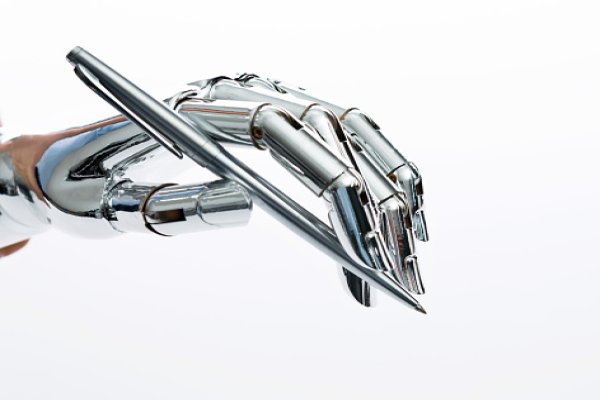Artificial Intelligence (AI) has become an increasingly popular field in recent years, with the potential to revolutionize industries ranging from healthcare to finance. However, as AI advances, there has been a growing concern about its potential to replace human workers and eliminate jobs.
One solution to this problem is to create AI systems that work in conjunction with humans rather than replace them. This approach, known as “Artificial Intelligence with a Human Touch,” seeks to integrate AI technology into human workflows and enhance human capabilities rather than supplanting them.
AI systems and radiologists may see little progress in improving diagnostic performance. As a result, this contributes heavily to the over 40,000 – 80,000 fatalities experienced in U.S. hospitals each year due to misdiagnosis.
The urgent necessity is to construct advanced computer-aided diagnostic methods, inclusive of interactivity and further incorporated with Artificial Intelligence (AI), to accrue the benefits AI offers concerning the refinement of medical diagnosis.
Hien Van Nguyen, associate professor of electrical and computer engineering at the University of Houston, receives a $933,812 grant from the National Cancer Institute. This funding will go toward lung cancer diagnostics development.
Hien Van Nguyen says:
“Current AI systems focus on improving stand-alone performances while neglecting team interaction with radiologists.”
“This project aims to develop a computational framework for AI to collaborate with human radiologists on medical diagnosis tasks.”
The framework involves a distinctive blend of eye-gaze tracking, reinforcement learning, and intention reverse engineering to determine the ideal manner and timing in which an AI system should engage radiologists.
Van Nguyen draws upon his user-friendly and minimally-interfering approach to design an interface tailored for radiologists that makes interacting with AI as convenient and tension-free as possible to optimize time usage and reduce disruption during clinical work.
The project evaluates approaches using two clinically important applications – lung nodule detection and pulmonary embolism. Lung cancer has been verified as a significant cause of death, being the second most prevalent cancer, and pulmonary embolism places third among cardiovascular deaths.
Van Nguyen went on to say:
“Studying how AI can help radiologists reduce these diseases’ diagnostic errors will have significant clinical impacts.”
“This project will significantly advance the knowledge of the field by addressing important, but largely under-explored questions.”
Radiologists must grapple with two questions concerning AI systems: when and how they should interact and how to accurately model their visual scanning processes.
Van Nguyen continues to say:
“Our approaches are creative and original because they represent a substantive departure from the existing algorithms. Instead of continuously providing AI predictions, our system uses a gaze-assisted reinforcement learning agent to determine the optimal time and type of information to present to radiologists.”
“Our project will advance the strategies for designing user interfaces for doctor-AI interaction by combining gaze-sensing and novel AI methodologies.”
Artificial Intelligence with a Human Touch represents a promising approach to developing AI systems that work in conjunction with humans rather than replacing them. By combining the strengths of both human and machine intelligence, we can create more effective and efficient systems that can benefit society in numerous ways.
Integrating AI with a human touch can transform a wide range of industries, from healthcare to finance, by improving decision-making processes and optimizing workflows. By incorporating human feedback and input into the AI learning process, we can create systems that are more accurate, adaptable, and responsive to changing conditions.
Source: uh.edu



